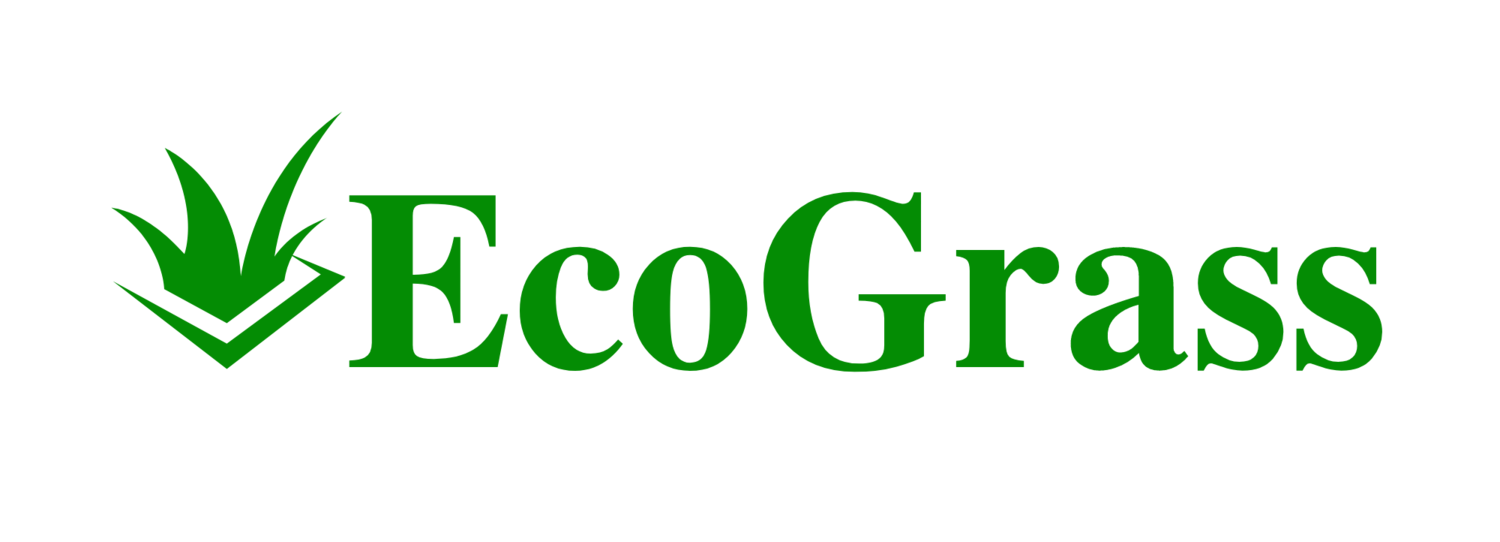Turf burn is a common skin injury that occurs when your skin slides across artificial turf, leading to an abrasion very much like a road rash. This type of injury is particularly prevalent among athletes who play sports such as football, soccer, or lacrosse on synthetic fields. Although less likely, it's still possible to sustain similar abrasions on natural grass. Unfortunately, because the skin is literally scraped away, turf burn can be quite painful and, if not treated properly, can become infected.
To manage a turf burn, prompt and thorough care is crucial. The first step is to clean the wound to remove any debris and reduce the risk of infection. Gently rinsing the affected area with mild soap and cool water will help clear away particles from the abrasion. Following cleaning, applying an antiseptic can help keep the wound clean. Covering the area with a sterile, non-stick bandage can protect the healing skin. It's necessary to change dressings regularly and continue to monitor for signs of infection, such as increased redness, swelling, or pus.
In addition to immediate treatment, protecting the wound as it heals is key. This involves wearing appropriate protective clothing when returning to activities and ensuring you have the proper equipment to shield the injured area. While turf burn usually heals without complication, taking these steps can help speed up the healing process and prevent future occurrences.
Identifying and Treating Turf Burns
In treating turf burns, it's important to correctly assess the wound and apply proper cleaning and treatment methods before bandaging. This ensures the burn heals effectively and the risk of infection is minimized.
Initial Assessment and Cleaning
Upon sustaining a turf burn, first determine the severity of the abrasion. If there is bleeding, apply gentle pressure with a clean cloth or sterile gauze to stop it. Once the bleeding has subsided, rinse the wound thoroughly with clean water to remove any dirt or debris. Consider using a saline solution for its mild and effective cleaning properties.
Application of Treatment
After the wound is clean, the application of an appropriate treatment is crucial. Apply a thin layer of an antibiotic ointment to prevent infection. For added moisture and to aid the healing process, consider applying a hydrogel if the abrasion is particularly painful or dry.
Bandaging and Dressing
Cover the burn with a sterile gauze or a non-stick pad to protect the affected area from friction and contaminants. Secure the gauze or pad with a bandage that allows for some airflow. Change the dressing at least once a day, or anytime it becomes wet or dirty, to promote skin care and support proper healing.
Aftercare and Preventing Complications
Proper aftercare of a turf burn is crucial to prevent infection and ensure efficient healing. It helps to manage discomfort and pain while supporting recovery. Adopting preventive measures reduces the risk of re-injury.
Monitoring For Infection
Monitor your wound closely for signs of infection, which include increased redness, swelling, heat, and drainage of pus. Experiencing fever or intense pain are also indicators that bacteria may have compromised the healing process. If any of these symptoms persist, consult a doctor to avoid further complications such as inflammation or scarring.
Pain Management and Healing
To manage pain and promote healing:
Clean the wound daily with mild soap and water.
Apply pressure if there is bleeding, using a clean cloth until it stops.
Apply an antiseptic or a disinfectant to avert bacteria growth.
Use over-the-counter pain relievers to alleviate discomfort.
Prevention and Protective Measures
Reducing friction and protecting the area at risk can prevent turf burns. During activities like football, soccer, hockey, and lacrosse:
Wear protective clothing such as long sleeves, padded socks, and padding on vulnerable areas like knees and elbows.
Ensure sufficient protection during training by using appropriate gear.
Strengthen muscles around key joints to distribute force away from the skin during falls or slides.

